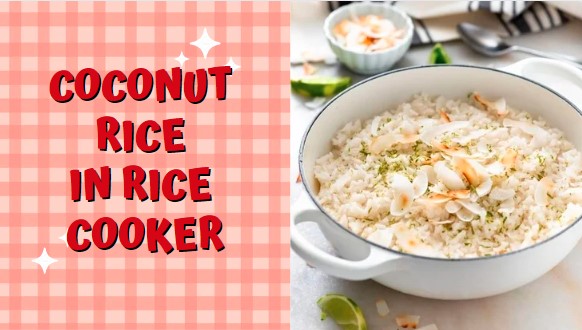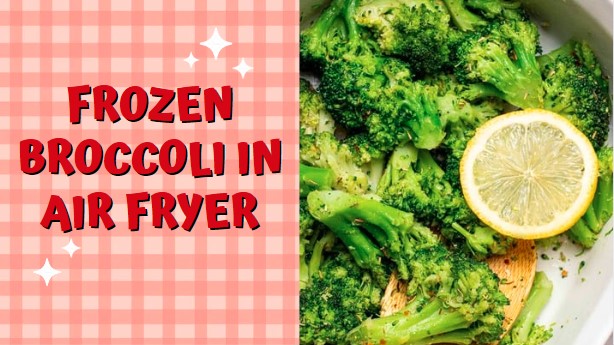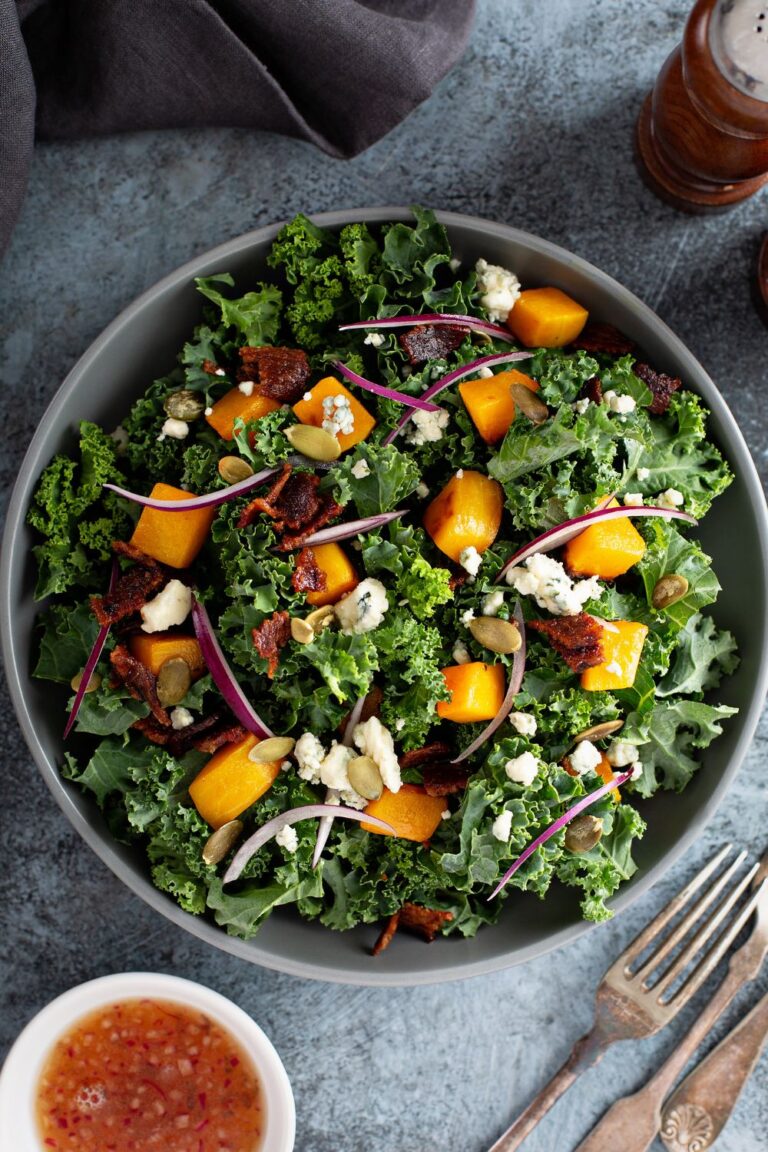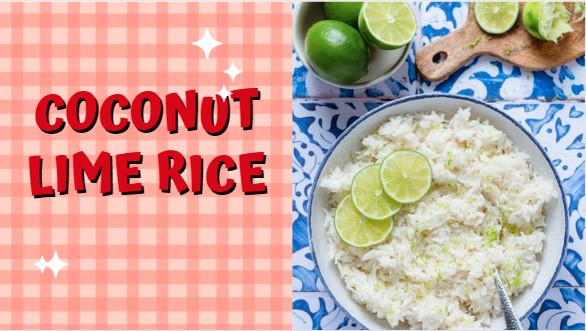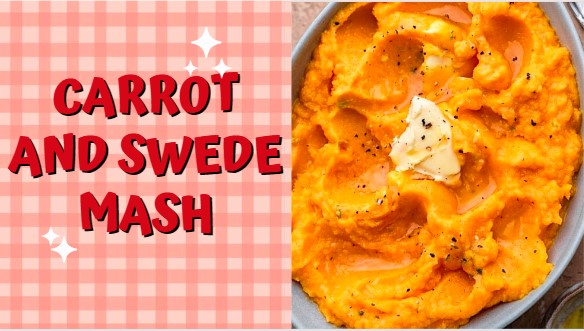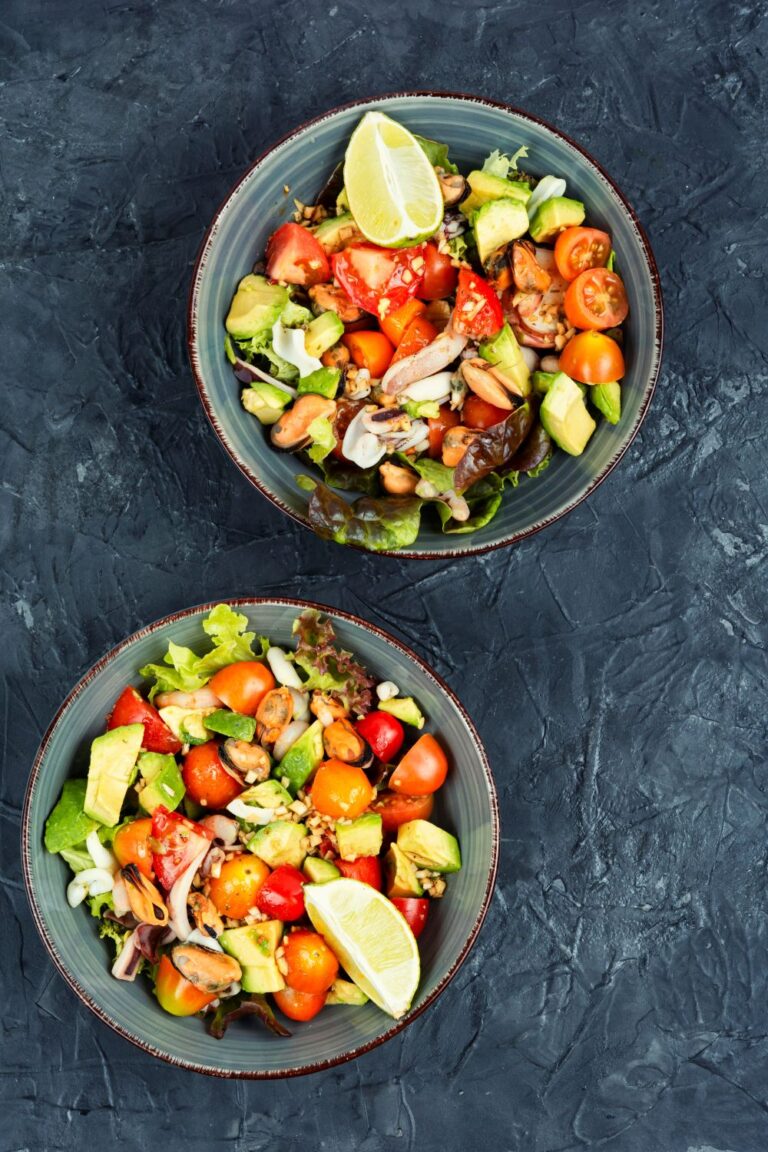Coconut rice, often crafted with jasmine rice, infuses a delightful tropical essence into a staple grain, creating a versatile dish that can be served with a variety of cuisines. Utilizing a rice cooker simplifies the cooking process, making it accessible even for those new to cooking. Coconut Rice In Rice Cooker ensures perfectly fluffy coconut jasmine rice every time, without the need for constant monitoring.
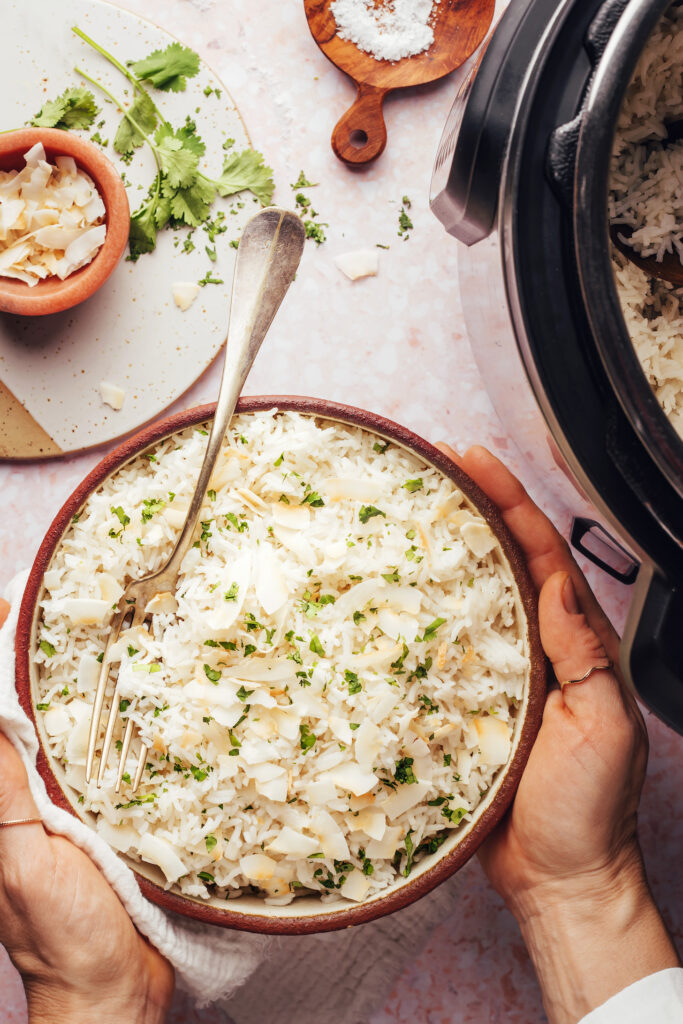
For those who prefer modern kitchen gadgets, the Instant Pot offers a speedy alternative with its pressure cooking capabilities. When making coconut rice in an Instant Pot, the rice absorbs the coconut milk efficiently, enhancing the flavor and texture. This technique is especially valuable for those looking to streamline their meal preparation without sacrificing quality.
Whether prepared in a traditional rice cooker or an Instant Pot, coconut rice is a delightful twist on traditional side dishes. It pairs beautifully with both sweet and savory dishes, from grilled seafood to spicy curries. The creamy coconut flavor, combined with the subtle floral notes of jasmine rice, invites a festive touch to everyday meals. As such, it’s not just a dish but an upgrade to your culinary repertoire, bringing a slice of tropical paradise to your dining table.
Kitchen Tools Needed
Ingredients for Coconut Rice
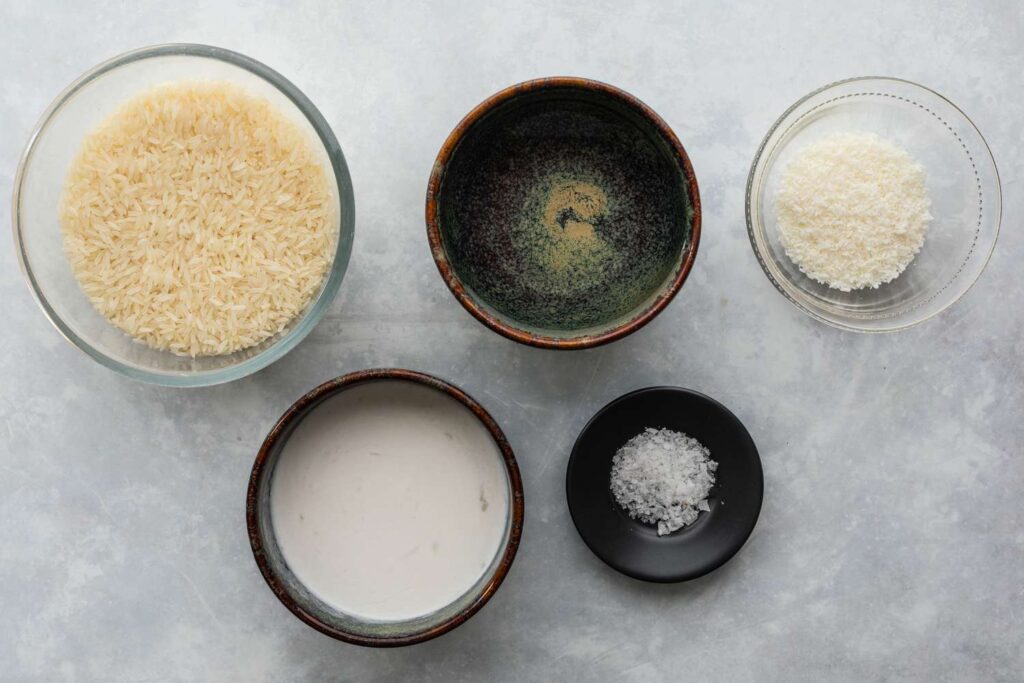
Benefits Of Making Coconut Rice In Rice Cooker
Making coconut rice in a rice cooker offers several benefits that make it a favorable choice for both seasoned cooks and beginners alike. Here’s why it’s an excellent method:
Convenience: The rice cooker automates the cooking process, which means you can set it and forget it. There’s no need to monitor the stove or worry about timing, as the rice cooker manages both and switches off or to a warm setting when the rice is done.
Consistency: Coconut Rice In Rice Cooker ensures consistent results. Each batch of coconut rice will come out fluffy and well-cooked, eliminating the common problems of undercooked grains or burnt bottoms that can happen on a stove.
Flavor Enhancement: The sealed environment of a rice cooker helps to lock in the aromatic flavors of the coconut milk and jasmine rice. Coconut Rice In Rice Cooker allows the rice to slowly absorb all the rich and creamy tastes, making each grain burst with flavor.
Energy Efficiency: Rice cookers are designed to be energy-efficient, using less electricity than a stovetop. This makes them an eco-friendlier option for daily cooking.
Safety: With built-in timers and automatic shut-off functions, rice cookers are safer to use than stovetops, especially if you’re multitasking in the kitchen. There’s no open flame or hot burner, which reduces the risk of accidents.
Versatility: While primarily used for making rice, many rice cookers also come with settings to prepare other dishes, making them a versatile kitchen appliance. You can experiment with adding ingredients like spices, herbs, or citrus zest to your coconut rice directly in the cooker for varied flavors.
Space-Saving: A rice cooker is compact and requires minimal counter space, making it ideal for small kitchens or for those who prefer an uncluttered cooking area.
Why You Should Wash Rice?
How to Wash Rice?

How To Make Coconut Rice In Rice Cooker?
Preparing the Rice
Begin by rinsing the jasmine rice under cold water using a sieve or a fine-mesh colander. Continue rinsing until the water runs clear, which removes excess starch and prevents the rice from becoming gummy.
Adding the Ingredients to the Rice Cooker
Transfer the washed rice into the rice cooker. Pour in the can of coconut milk and add half a cup of water to the rice cooker. This combination of liquids will infuse the rice with a rich coconut flavor while ensuring it cooks perfectly. Stir in the salt and, if you prefer a slightly sweeter taste, the sugar. Mix all the ingredients well to ensure the rice is evenly coated.
Cooking the Rice
Secure the lid on the rice cooker and set it to cook according to the machine’s instructions for white rice. Typically, the rice cooker will switch off automatically once the rice is done.
Fluffing and Adding Final Touches
Once the rice cooker indicates that the cooking is complete, let the rice sit for about 5-10 minutes. This allows the rice to settle and steam further, enhancing the texture. After this resting period, use a spatula to fluff the rice gently. This helps to separate the grains while incorporating air for a lighter texture.
Garnishing and Serving
Just before serving, sprinkle the chopped cilantro or parsley over the rice for a fresh herbal touch. If using, add the lime zest for a citrusy zing that complements the creamy coconut flavor. The rice is now ready to be served as a delightful side dish that pairs well with a variety of main courses, from spicy curries to grilled meats or vegetables.
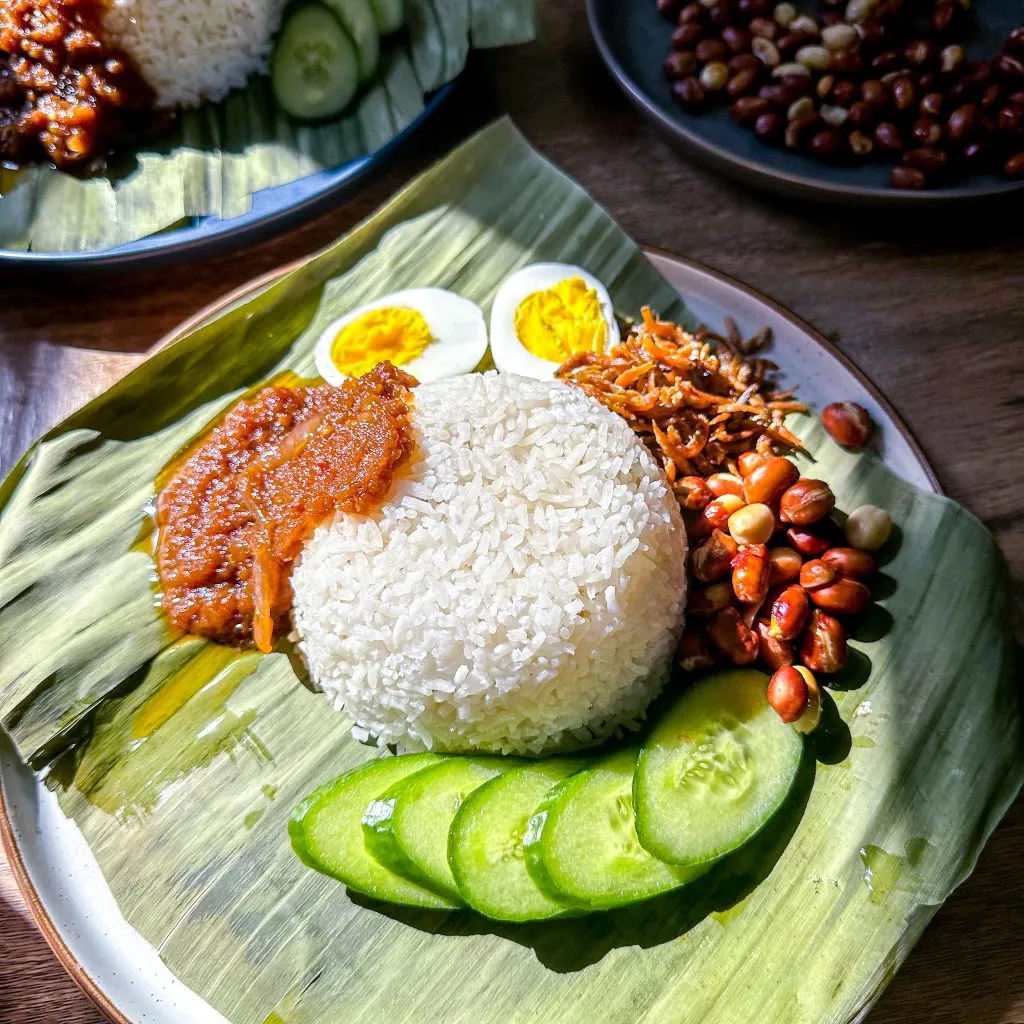
What to serve with Coconut Rice In Rice Cooker?
Tips and Tricks For Perfect Coconut Rice In Rice Cooker
Variations of Coconut Rice In Rice Cooker

Substitutions for Coconut Rice In Rice Cooker
Health Benefits
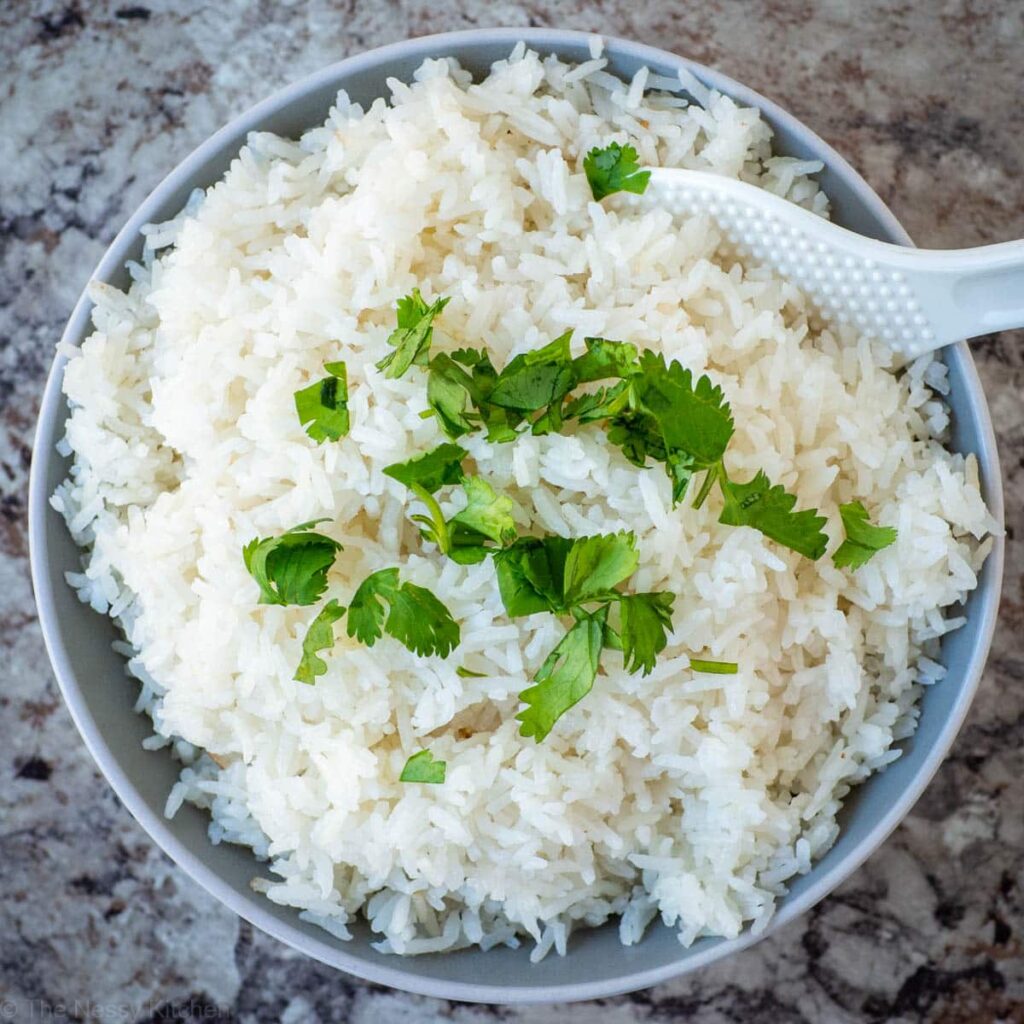
Making Ahead
Coconut Rice In Rice Cooker is a fantastic dish for preparing ahead of time, especially when planning for parties or meal preps. You can cook it up to 2 days in advance. Simply follow the usual cooking instructions and let the rice cool completely before storing it in the refrigerator. This step is crucial as it helps prevent bacterial growth and maintains the rice’s best quality.
Storage
To store coconut rice, transfer the cooled rice into an airtight container. It can be refrigerated for up to 5 days. For longer storage, you can freeze the coconut rice. Place it in freezer-safe bags or containers, pressing out as much air as possible before sealing. Frozen coconut rice can last for up to 2 months. Label the containers with the date so you can keep track of how long they’ve been stored.
Reheating
When ready to serve, coconut rice can be reheated to restore its fresh, creamy texture. For refrigerated rice, sprinkle a few tablespoons of water over the rice to help rehydrate it. You can reheat it in the microwave, covered, for 2-3 minutes, stirring halfway through to ensure even heating. If using a stovetop, place the rice in a saucepan over low heat, adding a small amount of water or additional coconut milk to prevent it from sticking to the pan, and cover it to steam gently until thoroughly warmed.
For frozen coconut rice, it’s best to allow it to thaw in the refrigerator overnight before reheating. Once thawed, follow the same reheating instructions as for refrigerated rice.
These steps will help you enjoy your coconut rice as if it was freshly made, with minimal loss in texture and flavor, making it a convenient and tasty option for advance meal planning.
Frequently Asked Questions – FAQ’s
Coconut Rice In Rice Cooker
Course: Side DishesCuisine: AsianDifficulty: Easy4
servings10
minutes20
minutes260
kcalIngredients
Ingredients for Coconut Rice (4 servings)
Jasmine Rice – 1 ½ cups, thoroughly rinsed
Coconut Milk – 1 can (approximately 400 ml), for a rich coconut flavor
Water – ½ cup, to adjust the liquid ratio for perfect cooking
Salt – ½ teaspoon, to enhance the flavors
Sugar (optional) – 1 teaspoon, to slightly sweeten the rice
Fresh Cilantro or Parsley – 3 tablespoons, chopped, for garnish
Lime Zest – 1 teaspoon, for a citrusy lift (optional)
Directions
- Begin by rinsing the jasmine rice under cold water using a sieve or a fine-mesh colander. Continue rinsing until the water runs clear, which removes excess starch and prevents the rice from becoming gummy.
- Transfer the washed rice into the rice cooker. Pour in the can of coconut milk and add half a cup of water to the rice cooker. This combination of liquids will infuse the rice with a rich coconut flavor while ensuring it cooks perfectly. Stir in the salt and, if you prefer a slightly sweeter taste, the sugar. Mix all the ingredients well to ensure the rice is evenly coated.
- Secure the lid on the rice cooker and set it to cook according to the machine’s instructions for white rice. Typically, the rice cooker will switch off automatically once the rice is done.
- Once the rice cooker indicates that the cooking is complete, let the rice sit for about 5-10 minutes. This allows the rice to settle and steam further, enhancing the texture. After this resting period, use a spatula to fluff the rice gently. This helps to separate the grains while incorporating air for a lighter texture.
- Just before serving, sprinkle the chopped cilantro or parsley over the rice for a fresh herbal touch. If using, add the lime zest for a citrusy zing that complements the creamy coconut flavor. The rice is now ready to be served as a delightful side dish that pairs well with a variety of main courses, from spicy curries to grilled meats or vegetables.
Notes
Nutritional Facts
Calories: 260
Total Fat: 9g
Saturated Fat: 8g
Trans Fat: 0g
Cholesterol: 0mg
Sodium: 15mg
Total Carbohydrates: 40g
Dietary Fiber: 1g
Sugars: 1g
Protein: 3g
Vitamins and Minerals:
Vitamin D: 0mcg
Calcium: 16mg
Iron: 1.8mg
Potassium: 260mg
Conclusion
Coconut Rice In Rice Cooker not only simplifies the cooking process but also enhances your dining experience with a touch of tropical flair. This dish combines the aromatic fragrance of jasmine rice with the creamy richness of coconut milk, resulting in a delectable side that complements a wide range of dishes. If we are making Coconut Rice In Rice Cooker it will be very easy for us.
Whether paired with spicy curries, grilled meats, or fresh vegetables, coconut rice adds a luxurious and exotic element to any meal. The ease of using a rice cooker means achieving perfect results every time—fluffy, flavorful, and distinctly infused with coconut. Coconut Rice In Rice Cooker is a versatile recipe that can be adjusted to include additional flavors or fit dietary needs, making it a staple for both everyday meals and special occasions.

